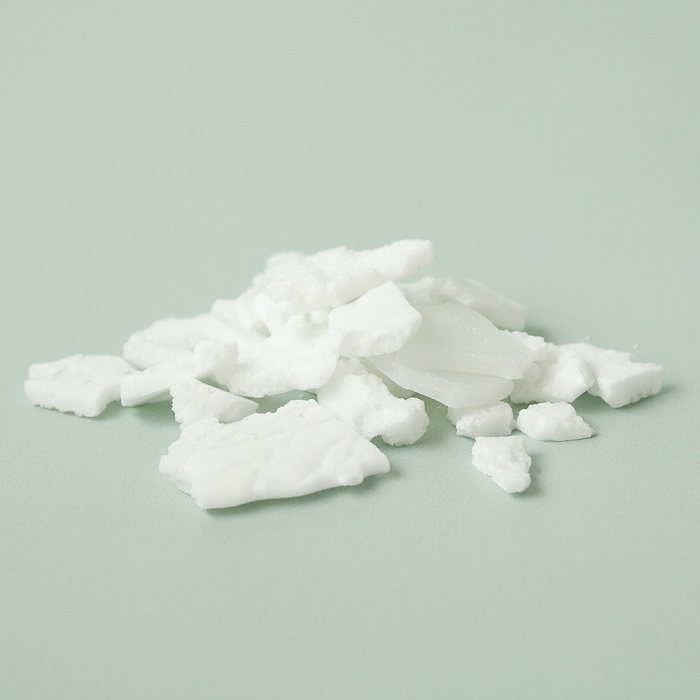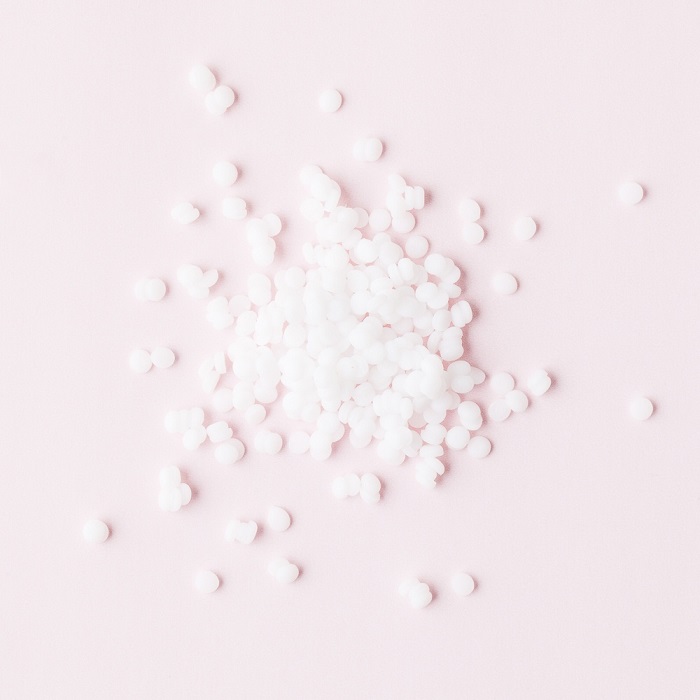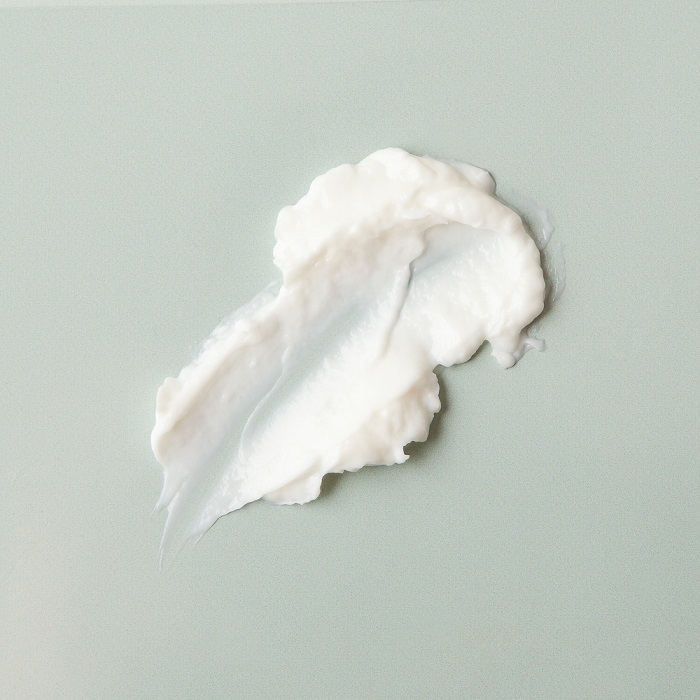If you’re just starting out on making your own hair care products, you may be running into some unfamiliar words and concepts. Formulating hair care products (any personal care products, really) is a scientific process, and to understand what to use and how to best use each ingredient, there are some ideas that you’ll need to be familiar with.
Some of these words may seem overly scientific and a little intimidating, but with a little bit of scientific knowledge, the concepts are easy to understand and will help you out on your hair care journey.
What is electric charge?
Electric charge is a really important concept in hair care. You might not think about the electric charge of your hair. That’s because the folks that create commercially available hair care products are thinking about it for you.
So what is electric charge?
When we talk about electric charge, we’re usually talking about the number of protons and electrons in an atom. Protons typically carry positive charge, while electrons carry negative charge. If an atom has more electrons than protons, it’s negatively charged. If it has more protons than electrons, it has a positive charge.
Opposites attract: positively charged objects are attracted to negatively charged objects, and vice versa. Negative charges repel other negative charges, and the same is true with positive charges.
Protons are typically embedded in the nucleus of an atom, while electrons float in a cloud around the nucleus. That means that electrons are more free to move than protons. If there is an excess of electrons near a deficit of electrons, electrons will flow from one to the other. This flow of electrons is electric current.
This science is interesting to know, but it’s not essential to formulating skincare and hair care products. Just know that there are positive charges, negative charges, and neutral charges.
Charge in cleansing surfactants
So what does this have to do with hair?
The surface of your hair has a naturally negative charge, but this charge is insulated by your natural lipid layer that coats each strand of hair.
That lipid layer is a normal and healthy part of your scalp and hair, but too much of it can result in your hair looking greasy and weighed down, and attracts dirt and even germs. In shampoos, we use surfactants to remove it.
There are a lot of different kinds of surfactants. Typically, your primary cleansing surfactant in shampoo will be what’s called an anionic surfactant.
Anionic surfactants are negatively charged, and they’re very good at removing particulate soils (like dirt and shed skin cells), but their ability to remove oily substances, like sebum, varies by surfactant.
Because anionic surfactants are very good at cleansing the hair, they can remove the barrier that insulates the hair’s negative charge. This leads to the negatively charged hairs repelling one another, which increases frizz and friction.
Anionic surfactants are often combined with non-ionic surfactants, which carry a neutral charge. Because nonionic surfactants don’t have a positive or negative charge, they can be used with any surfactant regardless of charge. Nonionic surfactants tend to be gentler than anionic surfactants, and are used to boost the shampoo’s ability to remove excess oil from the hair.

Charge and conditioning agents
Did you know that there are surfactants in conditioners, too? They’re not cleansing surfactants, though. They’re conditioning agents.
When we use surfactants for their conditioning properties, we use cationic surfactants. These are surfactants with a positive charge. This positive charge attracts the surfactant to the surface of the hair, creating a thin coating that helps to protect the hair from damage and makes it more manageable. Think of it as a replacement for the sebum that you just shampooed away.
But why use surfactants for conditioning? These surfactants serve a dual purpose. They’re solubilizers, which means that they help to disperse oil in water. Conditioners are typically an emulsion between an oily phase and a water phase, so they need an emulsifier to prevent them from separating.
BTMS-50 is an example of a cationic surfactant; it emulsifies oil phases with water phases, and it’s also conditioning.
Cationic surfactants typically don’t work well with anionic surfactants. Positive and negative charges repel each other, so these surfactants tend to fall out of solution and the product is no longer effective.

Static electricity in hair
We all have had static electricity in our hair. We can see it when the hair lifts and floats. Static electricity in hair is the result of negatively charged hairs repelling one another. Without the protective barrier of sebum, the hairs float on the repellant electromagnetic force created by the negative charge.
Static electricity can contribute to frizzy hair, which is often not desirable from an aesthetic standpoint, but it can also cause your hair to tangle more.
Using a good conditioner with cationic surfactants helps to reduce or prevent static electricity in your hair. The coating of positively charged atoms helps prevent the hairs from repelling each other and makes them lie smoothly. This makes hair more manageable and less prone to tangling.

Now you know the basics of electric charge in hair care. This information will help guide your choice of surfactants and conditioning agents while you’re formulating and creating your own DIY hair care products. From here, it’s a matter of customizing your hair product to your hair type, needs, and preferences.

